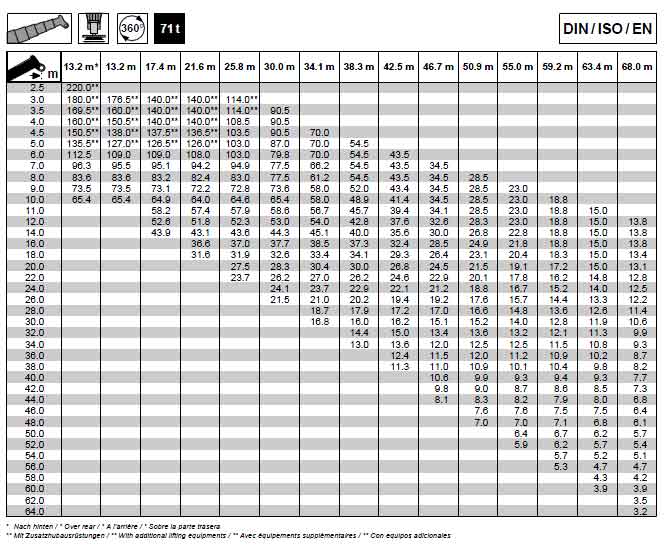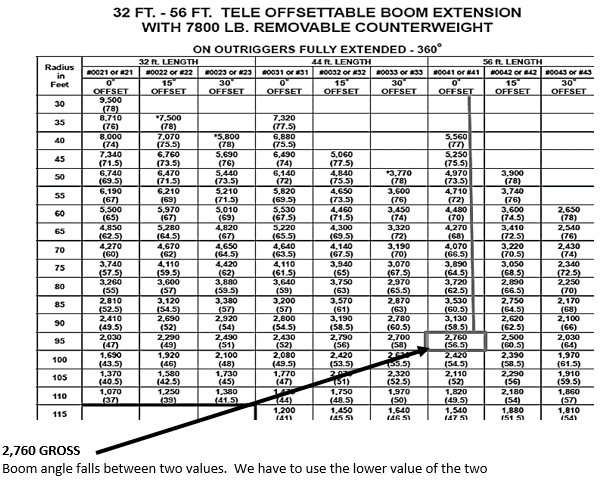

Other examples of critical lifts include the following: The first step in establishing a corporate mobile crane lift-planning requirement is to define the term “critical lift.” According to the Construction Safety Association of Ontario, a critical lift is one where the load weight is heavier than 75 percent of the rated capacity (Campbell and Dickie, 227). However, critical lifts require more extensive planning and oversight by qualified persons. Even noncritical lifts require knowledge of the weight of the load (and other components considered to be part of the load), the configuration of the crane, the rated capacity of the crane at its lift configuration, and factors that may affect the crane’s rated capacity in order to make a “go/no-go” decision.

Therefore, establishing criteria for “critical lifts,” preparing formal lift plans, understanding the factors that affect rated capacities of mobile cranes, ensuring equipment is in good condition, and ensuring only qualified and trained personnel operate the equipment are all important components in preventing mobile crane incidents.Īll crane lifts require some level of planning, whether the load is a mere half-ton or more than 2,000 tons. A free version is available here.“People do not plan to fail, they fail to plan.” As a result, less-than-adequate crane lift planning encompasses most, if not all, of the above causal factor categories. (note: you will need Adobe Reader to view the PDFs. The PDFs are available for download from the charts below. Load charts are available for most all of our crane fleet. fully endorses the national certification program offered by the National Commission for the Certification of Crane Operators (CCO), and will prepare candidates for the CCO tests.


Our cranes are dispatched from a state-of-the-art computerized communication center that enables us to achieve quicker response times to our customers' requests.Įdwards, Inc. Our Hydraulic Truck Crane fleet ranges in service size from our 40 ton Manitex up to our 110 ton Grove.


 0 kommentar(er)
0 kommentar(er)
